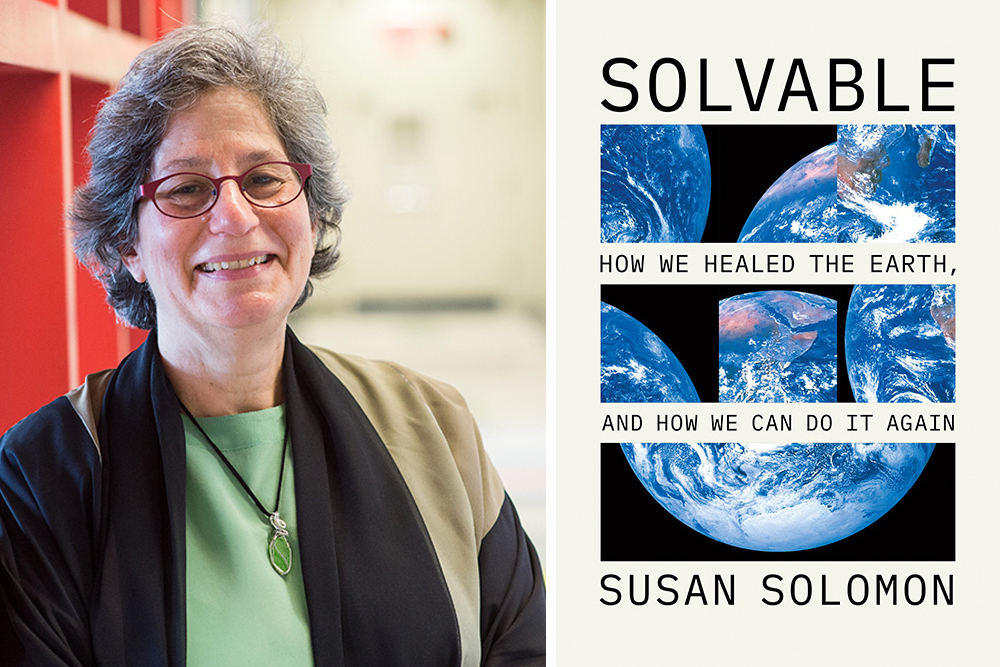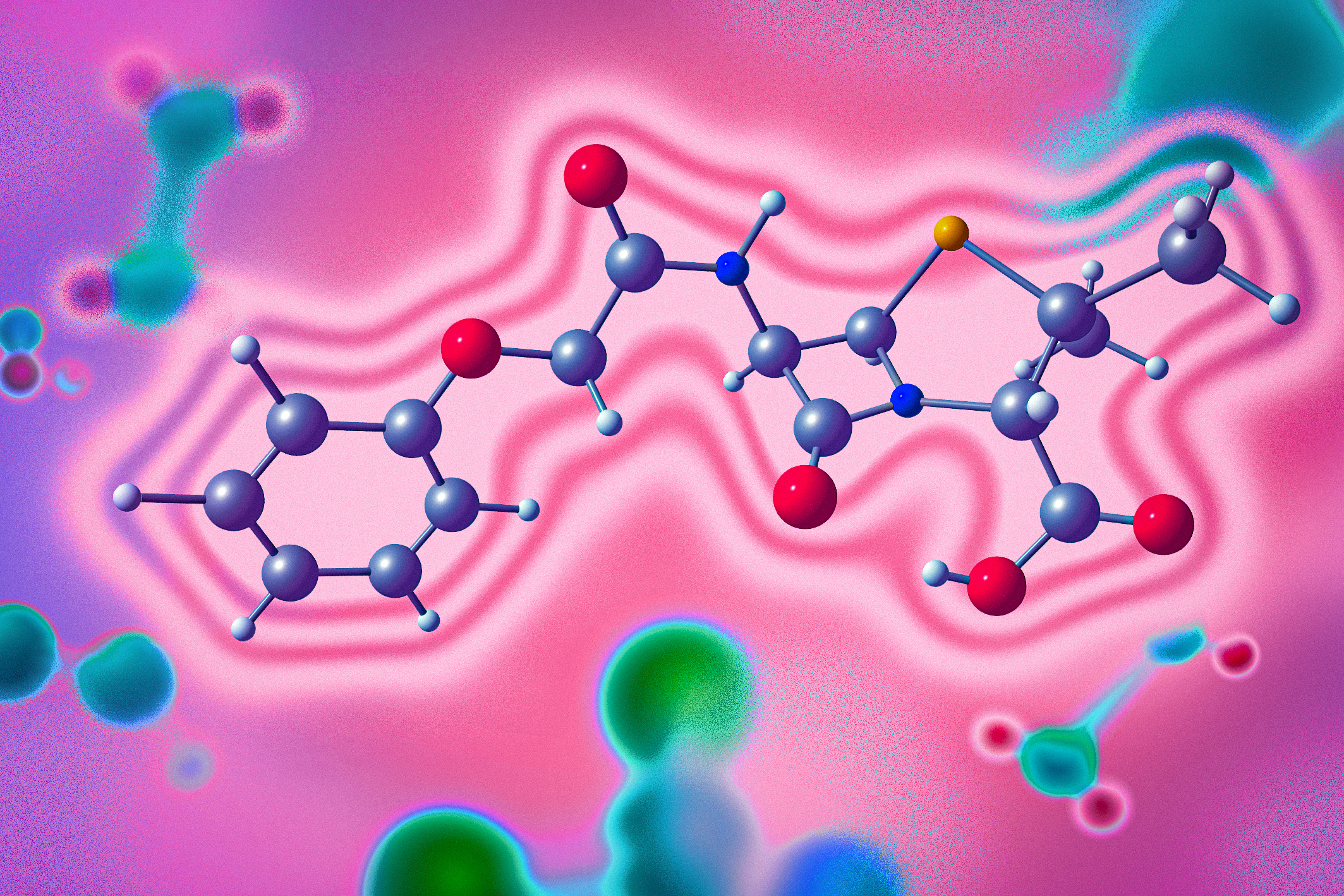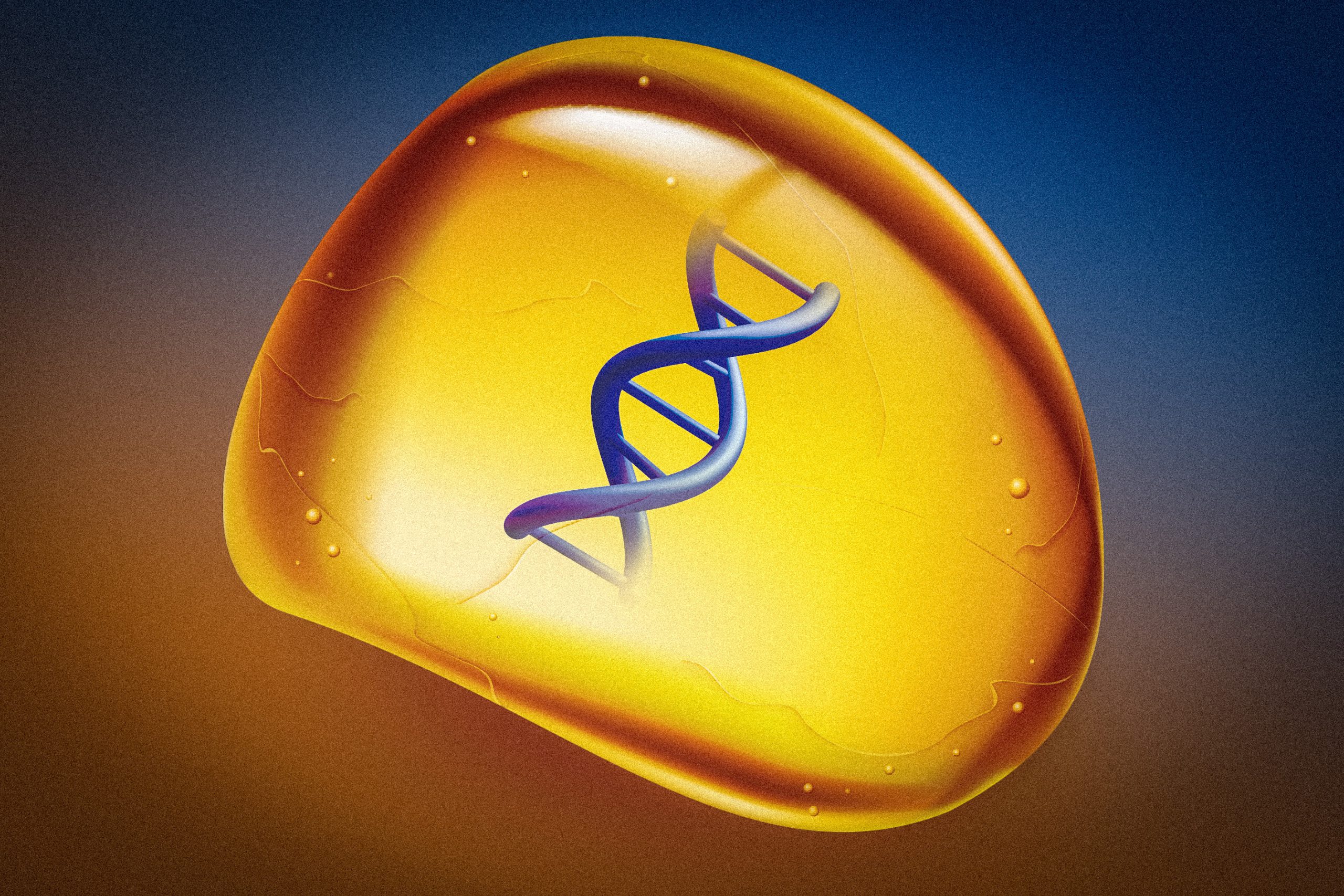Fine-tuning qubits for customizable quantum devices
Researchers have developed a new platform for molecular qubit design that enables tunable control.
Adapted from a news release by Argonne National Laboratory.
Advances in quantum science, with all its revolutionary potential, hinge in large part on the qubit, the fundamental component of quantum systems. The quantum equivalent of a traditional computing bit, qubits can take any of several physical forms, such as a atom inside a crystal, an electrical circuit, or a lab-made molecule.
A major challenge of qubit research is designing them to be customizable and tailored to work with various sensing, communication, and computational devices. In a significant development towards this end, researchers from MIT, the University of Chicago, and Columbia University have demonstrated that a particular molecular family of qubits can be finely tuned over a broad spectrum, like turning a sensitive dial on a wide-band radio.
Their findings are detailed in the paper Tunable Cr4+ Molecular Color Centers, which also outlines the features that enable exquisite control over these quantum bits. The paper was recently published in Journal of the American Chemical Society.
“We’ve demonstrated the broad range of tunability over which these design principles work. This is a new platform for qubit design,” says Frederick George Keyes Professor of Chemistry Danna Freedman, a co-author of the study. “We can use our predictable, controllable, tunable design strategy to create a new quantum system.”
A molecular advantage
One advantage of the molecular qubit is that it can be engineered from the bottom up, like a tiny 3-D-printed gadget, giving scientists freedom to tune the qubit for different functions. The researchers focus on a specific group of molecules: those with a central chromium atom surrounded by four hydrocarbon molecules to form a pyramid-like structure.
A molecular qubit’s information is stored in its spin, a property of atomic-level materials. Scientists engineer the spin by adjusting—“tuning”—the arrangement of the molecule’s electrons. The information enters the qubit as particles of light, or photons, and is encoded in the qubit’s spin. The spin-encoded information is then translated again into photons, to be read out.
Different photon wavelengths are more suitable for different applications. One wavelength may work better for biosensing applications, another for quantum communication.
“We’re working to change the atomic structure through synthetic chemistry and then learning how those changes modify the physics of the qubit,” said Leah Weiss, a University of Chicago postdoctoral researcher and study co-author.
“The ligand is everything”
One of the molecular qubit’s key tuning dials is ligand field strength. Ligands are bonds connecting the central metal atom to the surrounding hydrocarbons. Researchers demonstrated that while ligand field strengths are adjustable over a relatively broad spectrum, they could exercise remarkably fine tuning over these bonds.
“The ligand is fundamentally everything. We can intentionally control the way in which the ligand environment influences the spin and rationally control where the emitted photons end up,” said Dan Laorenza, MIT graduate student and lead author of the paper.
In the lab, the light emitted by their chromium qubits spanned an impressive 100 nanometers, “an unprecedented range of tunability for qubits targeting designer applications,” Freedman said.
According to University of Glasgow’s Sam Bayliss, who co-authored the study while a postdoctoral researcher at the University of Chicago, the hard work of quantum information processing is done by keeping the central metal ion the same; using ligands to tune the surrounding environment allows researchers to play around with the properties.
Computational simulations performed by researchers at Columbia also provided insight into the ligands’ role in controlling the molecule’s electronic properties.
Laying out design rules
Approaching the molecular qubit’s design by focusing on electronic structure—the molecule’s energy levels—rather than physical structure proved to be the innovative key to the team’s discovery, as “[this] is something that can be achieved across a range of molecular platforms,” said Freedman.
The paper spells out the design criteria for building similar molecules, laying the groundwork for creating new tunable molecular qubits that can be designed toward future applications.
One could custom-design qubits that attach to a biological system and use them for quantum biosensing. Or researchers could architect a qubit to be water-soluble and able to detect signals in an aqueous environment.
“One of the terrific things about this platform is that if the molecule doesn’t emit at a certain wavelength, it’s easy for us to go back in the lab, make a new material at a low cost, and see which one gives us the appropriate feature we want,” Laorenza said. “We can do this in a few days. It’s not something that takes a really intense, high amount of fabrication.”
The team attributes its success also to innovations in studies of light-matter interactions. “A few years ago, this was just a dream — to have a set of molecular systems be a novel platform for quantum information science,” Bayliss said. “Seeing where we are now is really exciting.”
The team plans to explore different ligand environments to widen the range of photon emission. “This is now a jumping off point that we hope allows many more chemists to be invited into this space, opening up the work to a much broader range of chemists who could contribute quite a bit to quantum information science,” Laorenza said.
This work was supported by Q-NEXT, a U.S. Department of Energy National Quantum Information Science Research Center led by Argonne National Laboratory.





